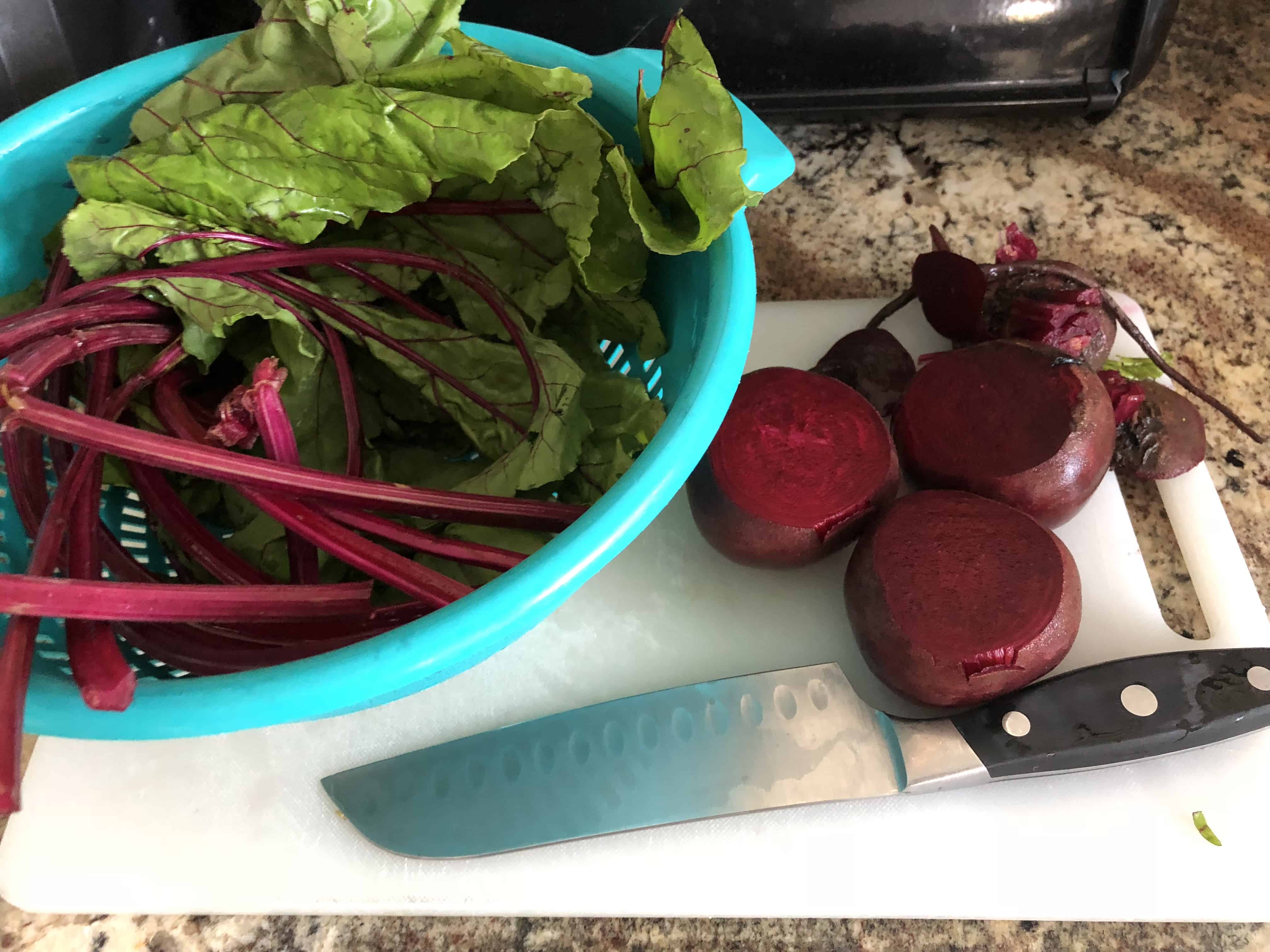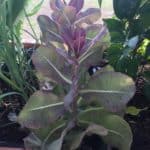
There will always be challenges in the vegetable garden, but there is a lot we can do to minimize the headaches and issues that arise. Here are five steps to success for a fall vegetable garden.
Plan for the Season and Region
Understand the hardiness zone. Our region is Zone 9b, so check the seed packet. Due to the heat, it’s best to plant heat-tolerant and pest-resistant varieties (cultivars) in our region. If you skip this step and purchase random seeds or transplants from a box store, no matter how much care you give the plants, you might have unresolvable issues.
Ensure that the vegetables selected for the season are intended to be grown at that time. Planting at the right time supports the largest harvest of vegetables for the season. Fall planting begins in September, so now is the time. My go-to is the University of Florida gardening calendar that can be found here: http://edis.ifas.ufl.edu/vh021. The calendar has a guide of many vegetables that can be grown in this region with details of when and how to plant them.
Prepare Your Garden
Pick a location that has a minimum of six hours of direct sunlight daily. Ensure the soil is nutrient-rich. Whether the garden is a traditional in-ground garden, raised or elevated, the soil should be amended at the beginning of each season. For in-ground gardening, be sure to understand the composition of the soil. Soil samples can be tested at your local extension office for recommendations on needed nutrients. A safe bet for all gardens is to add up to 40% compost. A variety of more than one compost such as cow, mushroom and/or chicken compost creates a robust mix to provide nutrients to plants. I also add worm castings to ensure the natural balance of good bacteria and micro-nutrients are also present in the soil.
Have a Watering Plan
Make sure that the water plan fits your lifestyle and schedule. Manual watering is an enjoyable pastime for someone who can be out in the garden most days. Otherwise, a self-watering garden system might be the best way to ensure the garden gets watered in the midst of a busy season.
Replenish Nutrients All Season
Many gardeners spend a great deal of time preparing their gardens and then do not follow up with fertilizer. There is a finite amount of nutrients in the soils at the beginning of the season. As the nutrients are utilized, they need to be replenished. Vegetables will only grow if the necessary nutrients are present in the soil. I alternate side dressings of compost and fertilizer throughout the season to keep a balance of micro- and macro-nutrients. Read fertilizer directions carefully.
Pest Management
Get to the root of the issue. Plants only have bugs when they are under stress. It’s just like when we get stressed and our immune system is low, and we get sick. It’s the same for plants under stress and getting bugs. Address the root of the issue and treat the pests. It’s the only way to get rid of them for good.
Treat pests by accurately identifying them. The University of Florida makes this easy as they have a data sheet for most vegetables that lists the most likely pests for each plant. Since pests are plant-specific, it does not take long to figure out what’s eating the vegetables and effectively treat them. Neem oil is a good organic go-to for many pests in the garden. Only use as directed.
Most importantly, have fun in the garden with the ones you love. Let it be a place of peace in your own backyard.


